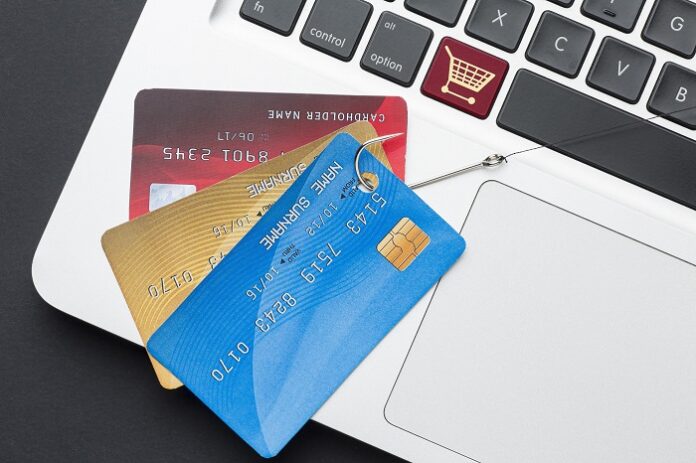Credit cards can be a useful financial tool, but if your credit score is less than stellar, securing one can seem like an uphill battle. However, it’s not an impossible task. Here’s a simple guide to help you navigate the process of applying for a credit card for bad credit.
1. Understand Your Credit Score
Your credit score is like a financial report card, and it’s the first thing lenders look at. It ranges from 300 to 850 – the higher, the better. If your score is below 580, it’s considered ‘poor’. Knowing your score will help you understand what cards you’re eligible for.
2. Research Suitable Credit Cards
Not all credit cards are created equal, especially when it comes to bad credit. Some are specifically designed to help individuals rebuild their credit. These come in two types: secured and unsecured. Secured cards require a deposit, while unsecured cards don’t but often come with higher interest rates.
3. Check for Pre-qualification
Some card issuers offer pre-qualification checks. This involves a soft inquiry, which doesn’t impact your credit score, and gives you an idea of your chances of approval before you formally apply.
4. Submit Your Application
Once you’ve found a card that suits your needs, it’s time to apply. You’ll need to provide information like your Social Security number, income, and employment details. Be honest in your application – false information can lead to denial or worse.
5. Responsibly Use Your New Card
Getting approved is just the first step. The real work begins with using your card responsibly. Aim to pay off your balance in full each month and keep your credit utilization low. This can help improve your credit score over time.
6. Regularly Monitor Your Credit
It’s important to regularly check your credit report for any errors and to track your progress. You’re entitled to a free report from each of the three major bureaus annually, which you can access at AnnualCreditReport.com.
7. Explore Other Credit-building Tools
If you’re struggling to get a credit card, there are other ways to build credit. Credit-builder loans or rent reporting services can help establish a positive credit history.
8. Be Patient
Rebuilding credit doesn’t happen overnight. It requires patience and consistent good habits. Over time, as your credit score improves, you’ll qualify for cards with better terms and benefits.
9. Consider Professional Advice
If you’re finding the process overwhelming, consider seeking professional advice. Credit counseling agencies can provide guidance on how to manage your debts and create a budget, helping you stay on track with your financial goals. Just be sure to choose a reputable agency that’s accredited by the National Foundation for Credit Counseling or the Financial Counseling Association of America.
10. Celebrate Your Progress
Lastly, celebrate your progress, no matter how small. Each on-time payment, each point increase in your credit score, is a step towards better financial health. It’s not just about getting a credit card – it’s about proving to yourself that you can manage your finances responsibly. So, take a moment to acknowledge your achievements along the way. After all, rebuilding credit is not just a financial journey, but a personal one too.
Navigating the process of applying for a credit card with bad credit may seem challenging, but it’s not a dead end. With research, responsible use, and a pinch of patience, you can improve your credit health and open the door to more financial opportunities. Remember, the journey to good credit is a marathon, not a sprint – but every step you take brings you closer to your goal.
Image by Freepik





